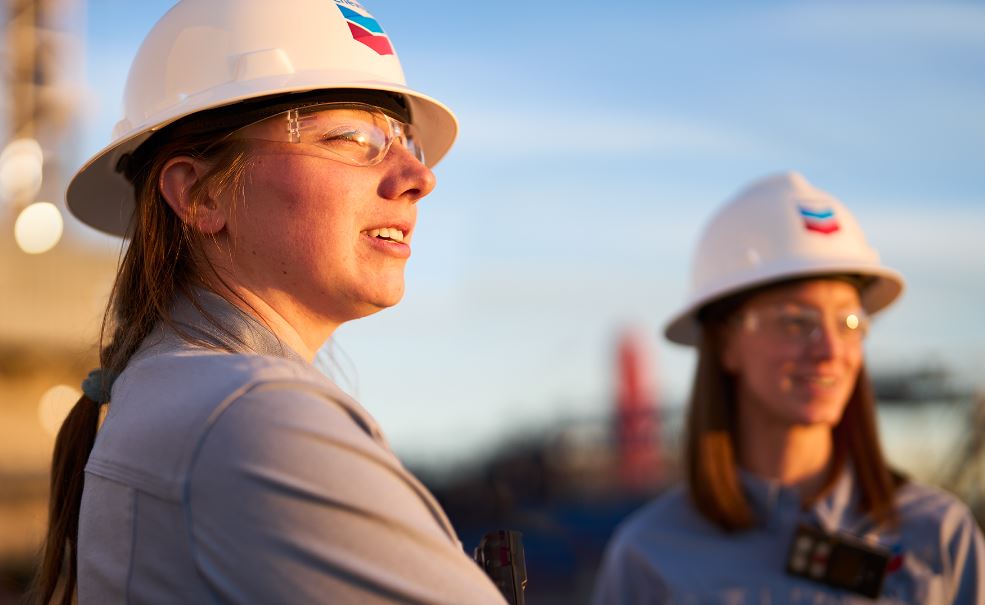Chevron has maintained a steadfast commitment to its targets for equity hydrogen capacity by 2030.
Despite having the lowest low-carbon spending among its integrated major peers, Chevron has remained consistent in its pursuit of low-carbon initiatives. Since unveiling its low-carbon strategy in September 2021, the company has focused on three main pillars: biofuels, carbon capture, and hydrogen. While significant additional work and government incentives are needed to achieve its hydrogen targets, Chevron has positioned itself strategically with various projects.
Chevron’s approach to green hydrogen is notable for its technology-agnostic stance and diverse project portfolio. With four out of five initial hydrogen projects incorporating renewable electricity, the company demonstrates a commitment to sustainability. These projects capitalize on fiscal incentives, geographic advantages, and well-defined end-uses, positioning Chevron at the forefront of hydrogen innovation.
Chevron’s projects in California exemplify its innovative approach to green hydrogen production. From utilizing excess solar power at its Lost Hills oil field to leveraging avoided landfill waste for carbon-negative hydrogen at its Richmond refinery site, the company is exploring multiple avenues for hydrogen production. Additionally, the Arches project, supported by over 200 partners, holds significant growth potential, envisioning substantial capacity expansion to support various transportation and port operations.
